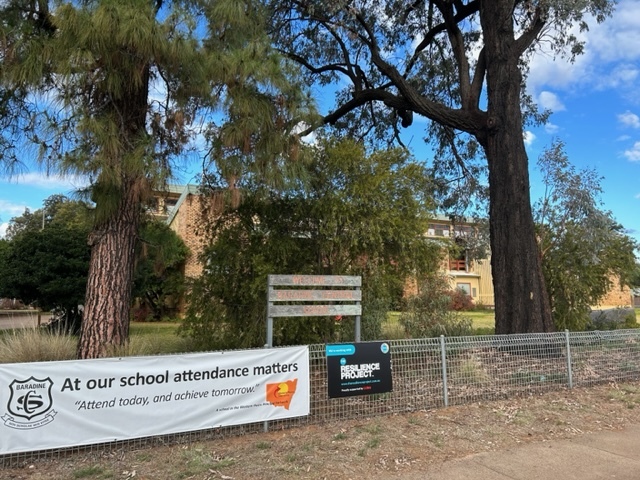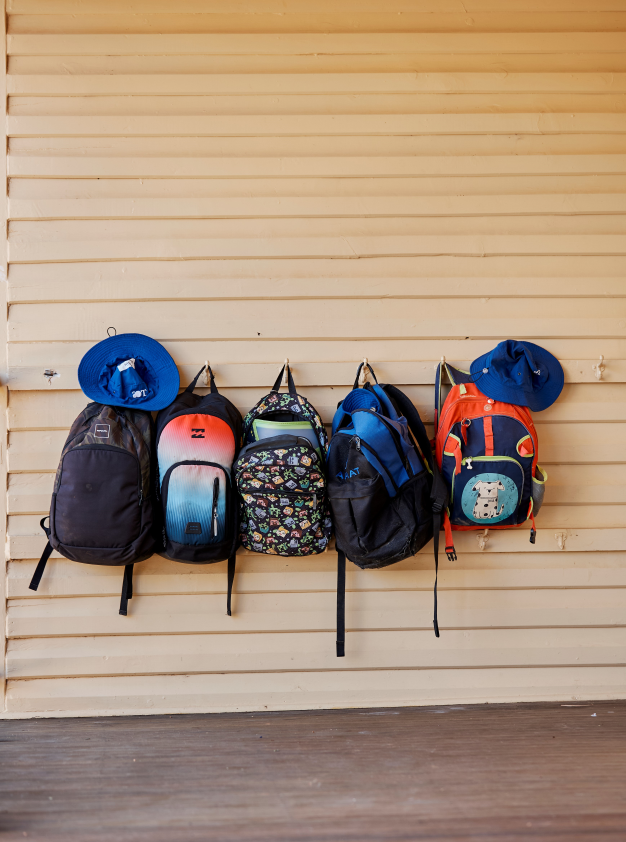Every day matters
Lee O'Connor
23 July 2023, 9:20 PM
 Keeping up attendance has become a key issue for schools across the state
Keeping up attendance has become a key issue for schools across the stateParents and carers are being called on to build better school attendance habits in their children and young people as schools struggle to regain regular attendance after COVID.
After Term 1 attendance data was released the NSW Government launched a campaign called Every Day Matters.
NSW public schools have a target of a 95 per cent attendance rate and many schools are currently well below that target.
In 2022, the average attendance rate in NSW public schools was 85.7 per cent, a decrease from 2019 where the average attendance rate was 90.2 per cent.
“This is a wake-up call that we need to prioritise good attendance across the state, and work with schools and the wider community to ensure our children are back at school," Deputy Premier, Minister for Education and Early Learning, Prue Car said.
“Good attendance is vital to help students develop a sense of belonging, maintain friendships and do well in their studies.”
“The data shows that NSW students who develop positive attendance behaviour in Year 7 are, on average, three months ahead in their learning by Year 9."
Missing just one day of school each fortnight adds up to four weeks of lost learning a year. Over a student’s school life, this equates to an entire year of missed learning.
The Education Department's campaign aims to change the behaviour of both parents and students.
In their sights are absences close to weekends and public holidays and days off during term for family trips, 'convenience' or pressure from students.
"Post-COVID there's been a huge decline in children's engagement across the entire state," said Chris Jackson who is Director of Educational Leadership for the Western Plains Principals Network, which includes schools across Coonabarabran, Coonamble and Walgett shires.
"Our increases have been quite strong since Covid," he said. "We're not quite up to 2019 but we certainly are improving."
“Attendance rates had been impacted by the floods when many schools were closed and also there was still some COVID anxiety amongst students that was impacting their attendance," Mr Jackson said. "The flooding had a huge impact as well, where students couldn't get to school."

Across the western plains these signs are up at schools like Baradine Central.
Local schools have been fighting absenteeism for many years and trying all sorts of strategies to turn poor attenders into regular school-goers.
Things like breakfast clubs, fun Friday activities, transport to and from school, and giving recognition and rewards to students who do turn up every day are well-tested methods.
He says schools also have systems in place to work directly with parents if unapproved absences occur.
"If a student is not at school, schools have a person ring the parent and schools have things in place to support them getting their kids to school," said Mr Jackson.
"It's done in a positive way working closely with parents and making that connection to parents to show that every child is known, valued and cared for."

Mr Jackson says schools have always had a focus on attendance, but occasional COVID outbreaks are making the job harder.
"There's still some anxiety about COVID," he said.
"When there is an outbreak schools have to mitigate that. Some go back to face masks or ensure particular cohorts do activities outside. They always notify parents and have RATs (rapid antigen tests) available.
"But there hasn't been a single occasion for at least a year where any school has been non-operational because of COVID."
Despite the challenges Mr Jackson says some local schools in his area are faring particularly well.
"There are already three schools who've reached their targets," he said. "Gulargambone, Carinda and Gwabegar are already on track."




